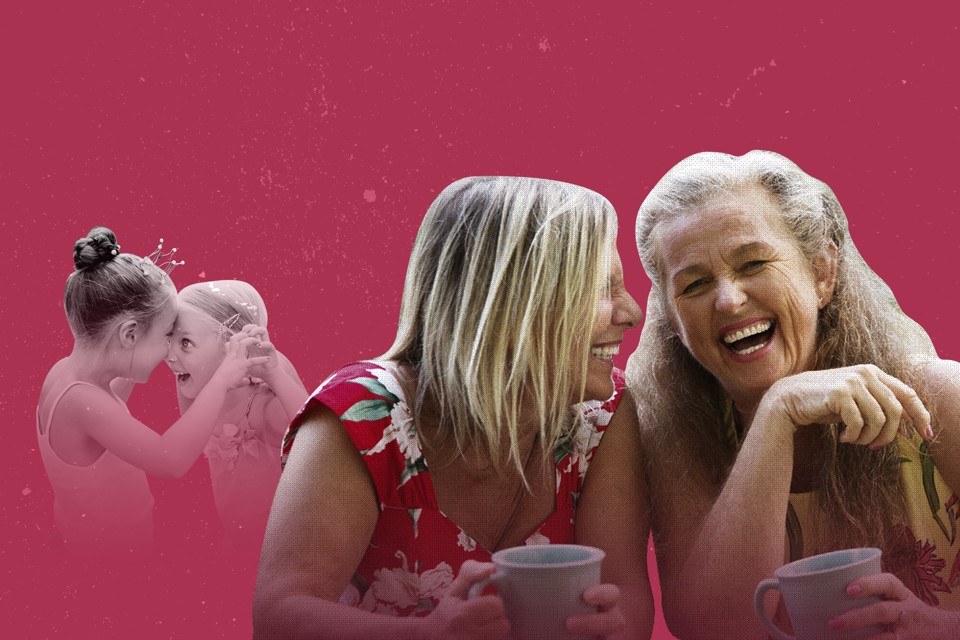It is the design of the Lord to develop within every man and woman the principle of knowledge, that all may know for themselves. He has poured out His holy spirit upon all of us,and not upon President Young nor upon bro. Joseph alone. The Lord designs that the principle of knowledge shall be developed in every heart, that all may stand before Him in the dignity of their manhood, doing understandingly what He requires of them, not depending upon nor being blindly led by their priests or leaders, as is the universal custom, and one of the most fruitful sources of evil to the people on the face of the earth.
President Cannon continued:
If we, in our experience, have not yet proved the truth of the words of the prophet—“Cursed is he that trusteth in man, or maketh flesh his arm”—probably we will do if we live long enough. There is a curse attending every man and woman who does this.
. . . We must all learn to depend upon God and upon Him alone. Why, the very man upon whom we think we can rely with unbounded confidence, and trust with all we possess, may disappoint us sometimes, but trust in God and He never fails.
Brigham Young wisely counseled:
I have said to the Latter-day Saints, many and many a time, and I say to them now, live your religion, that the Spirit of God may be within you like a well of water springing up to everlasting life. Suppose I were to give way to the spirit of the enemy and leave the spirit of the Gospel, then, if you were not prepared to judge between the voice of the Good Shepherd and the voice of the stranger, I could lead you to ruin. Be prepared that you may know the voice when it comes through the servants of God, then you can declare for yourselves. ‘This is the word of the Lord.’ My caution and counsel to the Latter-day Saints, and to all the inhabitants of the earth is—Live so that you will know truth from error.
I say to you . . . brethren and sisters, be faithful, live so that the Spirit of the Lord will abide within you, then you can judge for yourselves. I have often said to the Latter-day Saints—“Live so that you will know whether I teach you truth or not.” Suppose you are careless and unconcerned, and give way to the spirit of the world, and I am led, likewise, to preach the things of this world and to accept things that are not of God, how easy it would be for me to lead you astray! But I say to you, live so that you will know for yourselves whether I tell the truth or not.
Brigham Young again:
What a pity it would be if we were lead by one man to utter destruction! Are you afraid of this? I am more afraid that this people have so much confidence in their leaders that they will not inquire for themselves of God whether they are lead by him.
I am fearful they settle down in a state of blind self-security, trusting their eternal destiny in the hands of their leaders with a reckless confidence that in itself would thwart the purpose of God in their salvation, and weaken that influence they could give to their leaders did they know for themselves by the revelations of Jesus that they are led in the right way.
Let every man and woman know, by the whispering of the Spirit of God to themselves whether their leaders are walking in the path the lord dictates or not. This has been my exhortation continually. . . .
Let all persons be fervent in prayer, until they know the things of God for themselves and become certain that they are walking in the path that leads to everlasting life . . .
One comment---
I tend to remind myself that General authorities give general council, it is up to me and my personal revelation to make sense of said council. Also general authorities don’t go back and apologize for old ideas including misogynist, racist and homophobic views so anything not extremely recent is not relevant in my life








